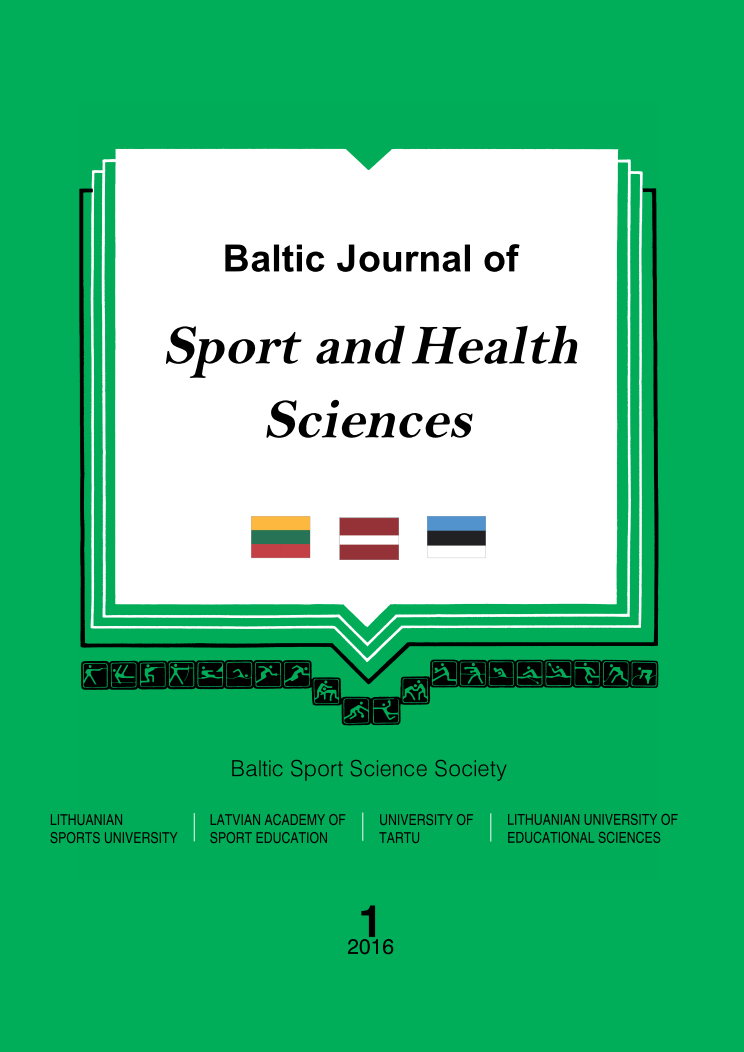University Students’ Attitudes Towards E-Learning
Abstract
Background. E-learning is a new paradigm of modern teaching methods. The aim of the paper was to reveal the
university students’ attitudes towards e-learning.
Methods. Research sample involved undergraduate (first cycle) and postgraduate (second cycle) students of
three different universities, 156 men and 278 women. Questionnaire was comprised of 60 questions and statements.
Results. Research reveals that 40% of undergraduates and 42% of postgraduates positively treat e-learning as
the method of study content presentation; 23% of undergraduate and 38% postgraduate students believe that study
content presented in e-learning environment helps them focus attention; 61% of the undergraduates and 59% of
postgraduate students claim that materials accessible in e-learning environment are relevant to their studies. Even
37% of undergraduates and 34% of postgraduates are completely satisfied with their study results achieved by
studying materials presented in e-learning environment. Attitudes of male and female students and students from
different universities differ significantly (p < .05). About 40% of undergraduate and 36% of postgraduate students
believe that studying via e-learning is easier than studying based on traditional methods, 48% and 44% respectively
think that it is harder. The majority, i.e. 59% of undergraduates and 52% of postgraduates, prefer blended learning
methods. About 42% of first cycle students and 43% of second cycle students disagree or partly disagree with the
claim that studies via e-learning and studies based on traditional methods do not differ in respect of their quality;
38% of undergraduate and 42% of postgraduate students believe that e-learning and traditional methods lead to the
acquisition of the same competences. Students who have part-time jobs and students who have full-time jobs have
significantly different (p < .05) attitudes towards competences acquired via e-learning and via traditional methods.
The opinion that the same competences are acquired via e-learning and via traditional methods is more common
among full-time workers. Students (45% of undergraduates and 37% of postgraduates) tend to believe that in the
e-learning environment studies were organized as professionally, qualitatively and effectively as studies based on
traditional methods. This view is opposed by 22% of undergraduate and 30% of postgraduate students.
Conclusions. Students treat traditional (“live”) lectures more favourably than autonomous studies in the
e-learning environment. They tend to believe that the blended learning method is the most acceptable. Male students’
and female students’ attitudes towards study results in the e-learning environment differ significantly. The majority
believe that competences acquired via e-learning and the ones acquired via traditional methods do not differ.
Keywords: undergraduate students, postgraduate students, e-learning, traditional study methods
Downloads
Published
Issue
Section
License
Copyright (c) 2018 Baltic Journal of Sport and Health Sciences

This work is licensed under a Creative Commons Attribution 4.0 International License.






